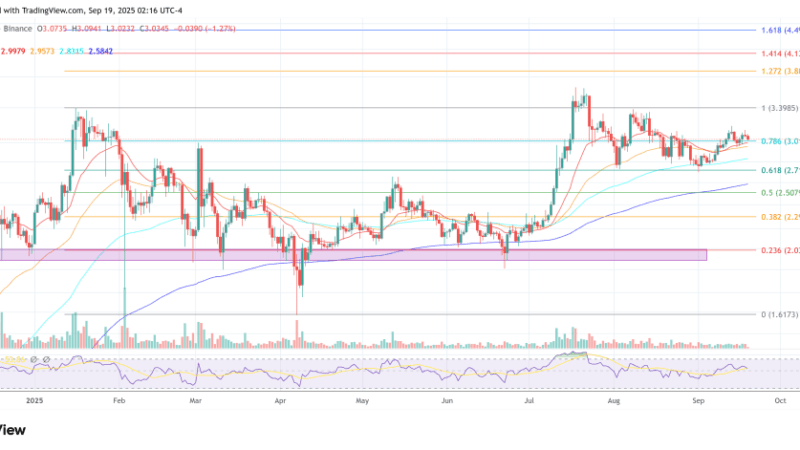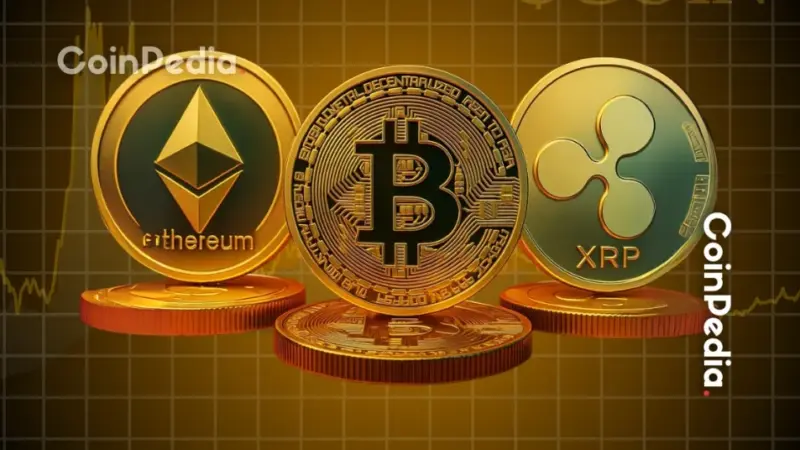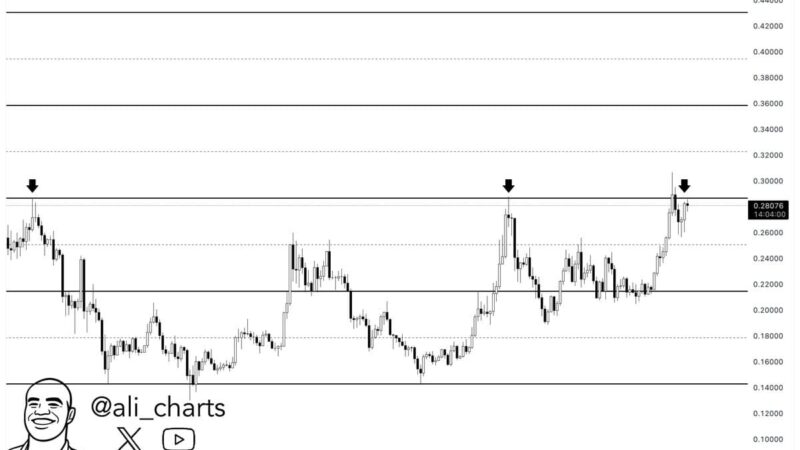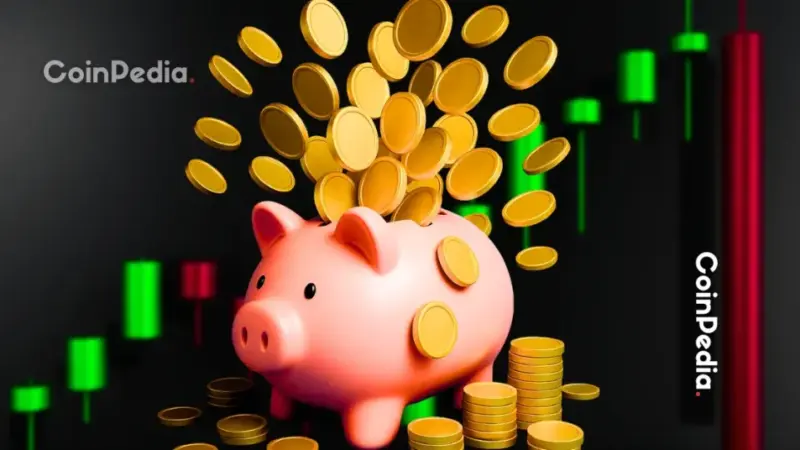How To Use SushiSwap: A Complete Guide

SushiSwap made many ripples in the world of Decentralized Finance (DeFi) when, in August 2020, it forked from Uniswap. Despite the broad similarities of these platforms, SushiSwap implemented several changes to empower users through community governance. The creation of SUSHI tokens, for instance, reflects this motivation, among other things.
Over the years, the exchange has been subject to much controversy. Nonetheless, it has persevered, staying afloat and eventually emerging as a promising project. At the time of writing, SUSHI tokens are priced at $13.33, with a market capitalization of over $2 billion.
What Is SushiSwap?
SushiSwap is an Ethereum-based Decentralized Exchange (DEX), created as a fork of Uniswap. As it is an open-source protocol, anyone can use Uniswap’s code to create custom DEXs. The pseudonymous founder of the exchange, Chef Nomi, did just that. By virtue of its community-oriented governance mechanism, the project immediately garnered much attention.
At the time, the main distinguishing mark between Uniswap and SushiSwap was the latter’s governance token, namely SUSHI. That is, upon owning SUSHI, you gained voting rights on SushiSwap, plus a percentage share of the transaction fee. Eventually, however, Uniswap followed suit with the UNI token, essentially diluting the difference between the two.
SushiSwap is an Automated Market Maker (AMM) protocol, similar to Uniswap, with Liquidity Pools as one of its primary aspects. To simplify the trading experience for end-users, SushiSwap does away with the Order Book model of centralized crypto-exchanges. To determine prices, the AMM functions purely on the basis of demand and supply.
On the other hand, Liquidity Pools are smart contracts holding proportional asset pairs, and representing individual markets for these assets. Users who provide liquidity to these pools earn incentivizes in SUSHI tokens.
How To Use SushiSwap?
As such, SushiSwap serves multiple purposes—swaps, staking, and yield farming, among others. That being said, if you are a general user, you’d probably be the most interested in swap-based P2P trading.
So, how to perform swaps? Simple. In 5 easy steps, as follows:
- Open SushiSwap
- Connect your ERC-20 wallet, such as Metamask or WalletConnect. Apart from the token that you intend to swap, make sure you have some ETH to pay for the gas.
- Select the tokens that you wish to swap
- Click ‘Swap’ and validate the transaction from your wallet
- Await the confirmation of your transaction. You can check the status using Etherscan’s block explorer.
Additional Uses of SushiSwap
As mentioned, SushiSwap has other functionalities, over and above swaps. Sparing you the details, here the basics of how these work. You (anyone) can become a liquidity provider by adding liquidity to the pools. In proportion to your contribution, you’ll get a percentage of the transaction fees that users pay on SushiSwap. Additionally, you can use the Zapper functionality of SushiSwap Lite, which optimizes the gas and certain other fees.
Yield Farming is another method of earning rewards on SushiSwap. As such, this is a corollary of providing liquidity on the platform, since you’ll need SLP tokens to farm yield. Basically, the idea is that you lock up your assets for a certain period of time, and accordingly, gain interest.
Staking is another functionality, by which you can earn xSUSHI tokens from the SushiBar. xSUSHI holders get 9% of the fees accrued from lending services, namely Bento Box and Kashi. Furthermore, by staking SUSHI, you can also earn 0.05% of the transaction fees.
What Do SUSHI Tokens Do?
Community governance is the primary purpose of SUSHI tokens. SushiSwap, like Uniswap, is open-source, and anyone can submit a so-called SushiSwap Improvement Proposal (SIP). These are proposals for changes to the platform and can be implemented only upon achieving majority consensus. Now, to gain voting rights, you need to own and hold SUSHI tokens.
Additionally, however, SUSHI tokens are also market-tradable. You can exchange them for fiat or other cryptocurrencies on several centralized, as well as decentralized exchange platforms. Binance, FTX, and OKEx are some of the platforms where you can buy, sell, or trade SUSHI.
Conclusion
Given that the platform isn’t widely audited, some of the concerns regarding SushiSwap are tenable. Apart from apparently unsustainable APYs, Chef Nomi’s sudden withdrawal of funds has tarnished the platform’s image.
In spite of these, the SUSHI token has gained wide acceptance, while SushiSwap has a host of launches lined up for this year. SushiSwap’s upgraded v3 protocol will be ‘Mirin’ and its lending platform ‘Bentobox’. A token launchpad, namely Miso, is also on the cards. Coupled with plans to work in collaboration with Yearn, the prospects of SushiSwap seem brighter than ever.
As Sushi is built on Ethereum, you might want to read more about the upcoming updates that this blockchain will publish.

0





